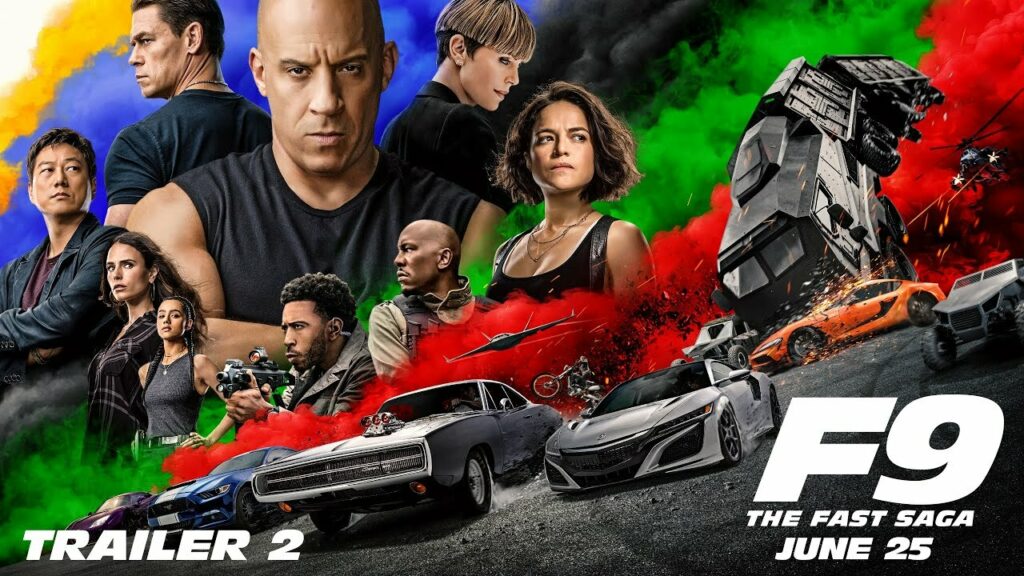You’ll never see a car awarded an Emmy or an Oscar, but they play a crucial uncredited role in hundreds of movie and TV shows every year, sometimes even upstaging (and maybe even out-acting) the headlining humans.
Throwing a car chase into a plot is a surefire way to increase the excitement and memorability factor of any screeplay – Bullitt would have been a routine cop caper without its muscle car duel. And even movies with no chase scenes often rely heavily on the type and model of cars they give their characters to let us know what kind of person they are.
Related: Brad Pitt’s F1 Movie Among The Most Expensive Films Ever Made As Budget Swells Over $300M
But often the way those cars scenes are filmed and edited drives us enthusiasts crazy. Because while a little deviation from fact in the way a car looks, sounds and performs might go unnoticed by non-car people, and even enhance a movie, it can have the reverse effect on people like us, ruining the credibility.
We imagine pilots, yachtsmen, motorcyclists and anyone else with a deep understanding of a skill, trade or just a geographical area like Los Angeles, gets narky when they see something that they know isn’t right being passed off as real. But car goofs really stand out because so many people are familiar with cars that they’re easier to spot.
Sometimes it’s the way cars are filmed that’s annoying. Like when they’re shot on a trailer that makes them too tall relative to the cars around them and allows the driver to somehow negotiate a series of bends in a lumbering sedan with the wheel dead straight, as is they’re throttle-steering an early ’60s F1 car. Even just movie people removing the headrests in cars annoys the hell out of me.
Then there are the transmissions that seem to have more ratios than a Kenworth truck, automatic shifters that are rowed backwards and forwards mid-chase for no reason and throttles that are suddenly floored as if the driver has only just realized that he had another three inches (76 mm) to go before his right foot hit the mat. And let’s not forget badly dubbed sound effects: unrealistic engine and crash sounds, tires screeching on gravel (and on cars so underpowered they’d struggle to break traction on sheet ice) and alarm plips that are fake and totally unnecessary.
Continuity errors like dents (and even different wheels or entirely different cars) appearing then disappearing aren’t uncommon. And nothing drives a true car geek madder than seeing a classic car in a period movie that shouldn’t be there because that model didn’t come out until a year or two later. Yes, it might be as insignificant as a model year bumper or headlight, but it’s enough to shatter the illusion for some of us.
What winds you up most about cars on TV and in movies and what are the worst errors you’ve seen Hollywood make? Leave a comment below and let us know.





